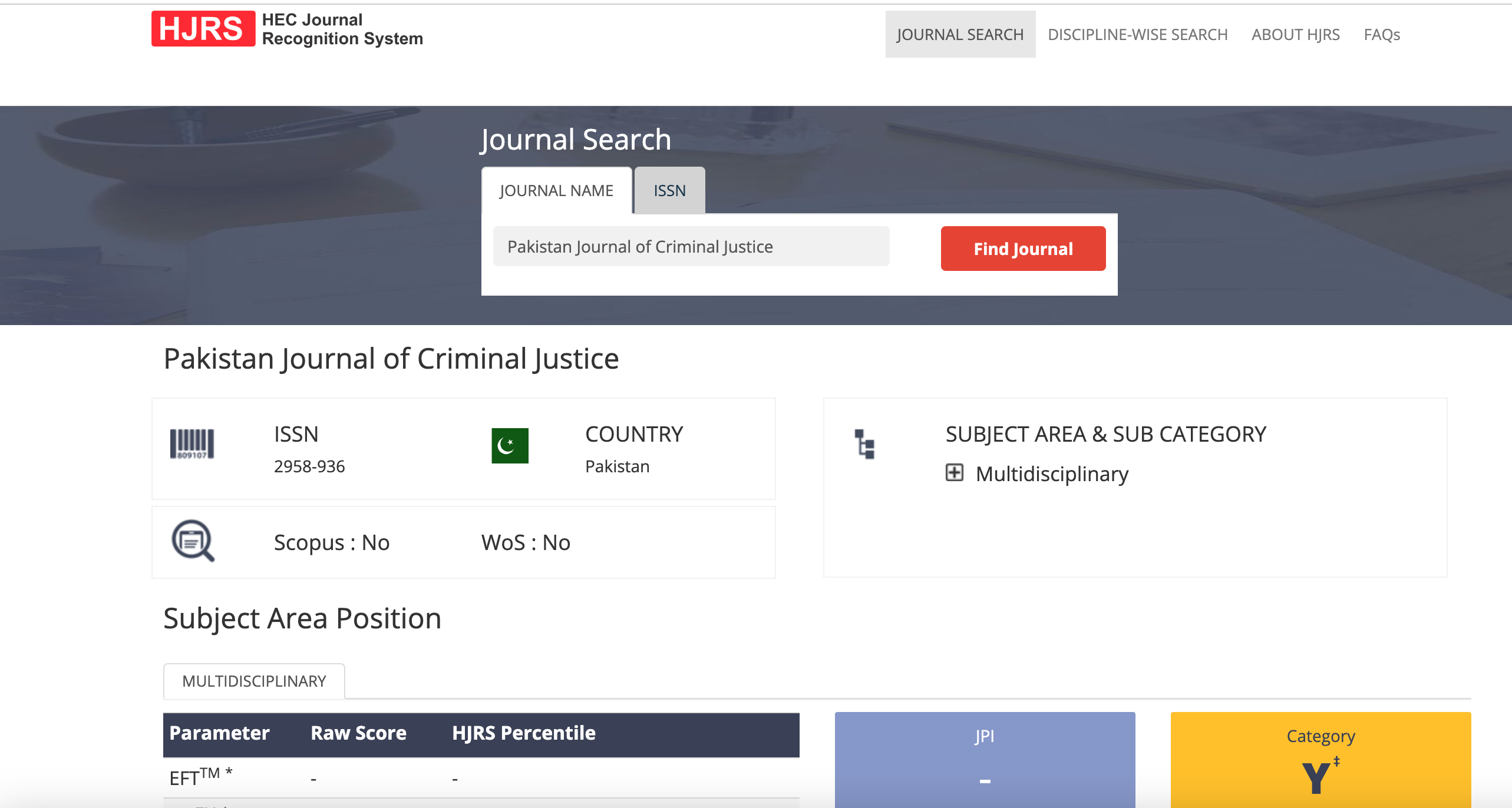Common Article 3 and Asymmetric Warfare in the Context of Cyber Operations
DOI:
https://doi.org/10.62585/pjcj.v4i1.36Keywords:
ihl, cyber warfare, tallin manualAbstract
International Humanitarian Law (IHL) serves as the crucial framework governing armed conflicts, seeking to humanize warfare and regulate the conduct of hostilities, whether at the international or non-international level. While the rules outlined in Common Article 3 (CA3) and Additional Protocol II (APII) pertain specifically to non-international armed conflicts (NIAC), customary international law also plays a significant role. The landscape of armed conflicts has evolved, particularly with the rise of asymmetric warfare, where adversaries may possess disparate capabilities in terms of weaponry, arsenal, or digital prowess. In the contemporary era marked by rapid digitalization, the emergence of cyber warfare introduces new challenges to IHL. Defining cyber operations within the context of armed conflicts remains an ongoing process, raising questions about the applicability and extent of IHL to cyber-attacks and establishing clear thresholds for compliance. This article delves into the intricate inquiry of whether cyber attacks amount to armed conflicts, examining the applicability and scope of IHL in addressing this evolving and complex phenomenon. Furthermore, as the dynamics of armed conflicts continue to evolve, the traditional paradigms of warfare are being reshaped by the increasing prevalence of cyber operations. The transformative nature of cyber warfare introduces complexities in determining the initiation, duration, and conclusion of armed conflicts. This article also explores the challenges posed by the attribution of cyber attacks and the identification of responsible actors, crucial aspects for ensuring accountability under IHL. By examining the nuanced intersections of cyber operations and armed conflicts, the research aims to contribute to a comprehensive understanding of how IHL can effectively adapt to and govern these emerging forms of warfare in the contemporary digital age.
Downloads
Published
How to Cite
Issue
Section
License
Copyright (c) 2024 Muhammad Asif Safdar, Dr. Faiz Bakhsh, Saadat Ali Nadeem, Prof. Dr. Rao Imran Habib

This work is licensed under a Creative Commons Attribution-NonCommercial 4.0 International License.





